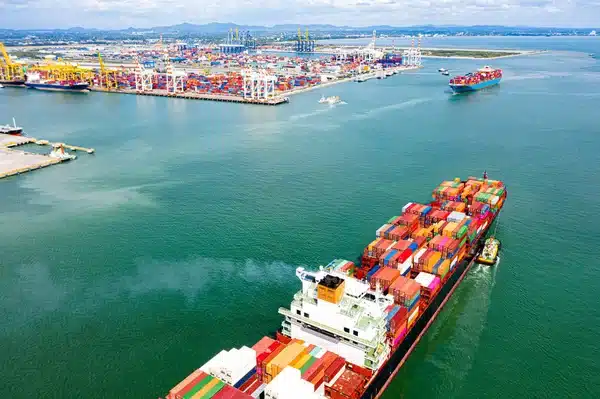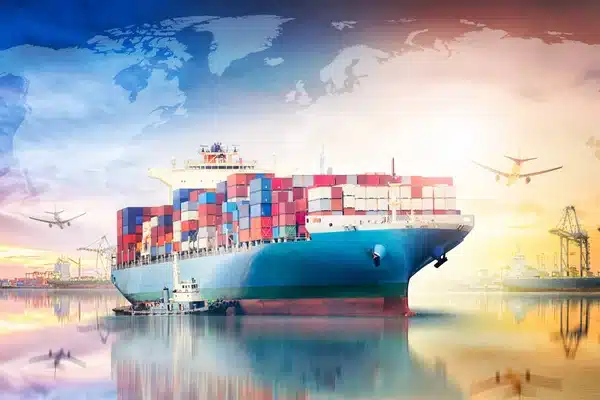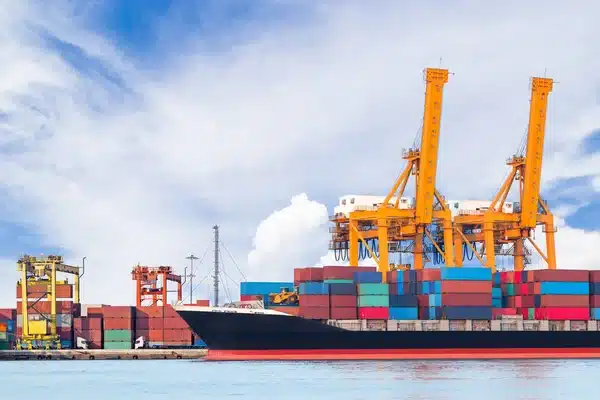Shipping goods from China to the Philippines is a vital part of trade between the two nations. With China being a manufacturing powerhouse and the Philippines’ growing demand for various goods, understanding the nuances of shipping is essential for businesses and individuals alike.
This comprehensive guide delves into shipping times, methods, and factors influencing transit durations. Whether you’re importing electronics, textiles, or machinery, this guide provides valuable insights to streamline your logistics and meet delivery expectations effectively.

Table of Contents
Popular Shipping Methods China to the Philippines
Shipping from China to the Philippines can be done through various methods, each offering unique advantages depending on cost, speed, and cargo requirements.
Air Freight
Air freight is the fastest way to transport goods, making it ideal for urgent and high-value shipments.
Transit Time: Typically 3-7 days.
Common Cargo: Electronics, pharmaceuticals, and perishable goods.
Major Airports: Beijing (PEK), Shanghai (PVG), Guangzhou (CAN) to Manila (MNL), Cebu (CEB), Davao (DVO).
Sea Freight
Sea freight is the most cost-effective method, suitable for bulk shipments.
Transit Time: 15-25 days, depending on the port.
Common Cargo: Machinery, furniture, and textiles.
Major Ports: Shanghai, Shenzhen, Ningbo to Manila, Batangas, Subic Bay.
Door-to-Door Shipping
Door-to-door services combine various modes of transport to deliver goods directly to the consignee’s address.
Transit Time: 10-20 days for consolidated shipments.
Advantages: Simplified logistics, customs clearance handled by the service provider.

Factors Influencing Shipping Times
1. Port Congestion
Congestion at Chinese or Philippine ports can delay shipments. Peak seasons, such as Chinese New Year, often lead to backlogs.
2. Customs Clearance
Incomplete or inaccurate documentation can result in customs delays. Ensuring proper paperwork expedites the process.
3. Weather Conditions
Typhoons and monsoons in the South China Sea can disrupt shipping schedules, particularly for sea freight.
4. Mode of Transport
Each transport mode has its inherent speed and limitations. Air freight is faster but costly, while sea freight is slower but economical.
5. Distance Between Ports
Shipping times vary based on the distance between the origin and destination ports. Proximity to major Chinese ports such as Shanghai or Shenzhen can reduce transit times.
Estimated Shipping Times from China to the Philippines
| Shipping Method | Transit Time | Key Considerations |
|---|---|---|
| Air Freight | 3-7 days | Fastest but more expensive. |
| Sea Freight | 15-25 days | Ideal for bulk and heavy cargo. |
| Door-to-Door | 10-20 days | Convenient but depends on service speed. |
Shipping Costs China to the Philippines
Shipping costs vary depending on the method, volume, and weight of the cargo. Here’s a breakdown:
Air Freight Costs
| Weight (kg) | Cost (USD/kg) | Estimated Total (USD) |
| 100 | $5-7 | $500-700 |
| 300 | $4-6 | $1,200-1,800 |
| 500+ | $3.5-5.5 | $1,750-2,750 |
Sea Freight Costs
| Container Type | Cost (USD) |
| 20FT Container | $1,200-1,500 |
| 40FT Container | $1,800-2,300 |
Door-to-Door Costs
| Cargo Type | Cost (USD) |
| Small Parcels (<100kg) | $300-500 |
| Palletized Cargo | $800-1,200 |
| Full Container Load | $2,000-2,500 |
Customs Requirements for Shipping to the Philippines
1. Documentation
Ensure all required documents are prepared:
- Commercial Invoice
- Bill of Lading
- Packing List
- Certificate of Origin
- Import Permits (if applicable)
2. Duties and Taxes
- Import duties are based on the Harmonized System (HS) code.
- VAT: 12% of the landed cost.
3. Role of Customs Brokers
Hiring a licensed customs broker simplifies the clearance process and reduces the risk of delays.
Tips for Faster and Cost-Effective Shipping
1. Plan Ahead
Book shipments well in advance, especially during peak seasons.
2. Optimize Packaging
Reduce unnecessary volume to save on freight costs.
3. Choose the Right Partner
Work with experienced freight forwarders who understand the China-Philippines trade route.
4. Use Consolidation Services
Combine smaller shipments to save costs in LCL (Less-than-Container Load) options.
Popular Routes and Ports
Major Ports in China
Shanghai
Ningbo
Guangzhou
Qingdao
Major Ports in the Philippines
Manila Port
Subic Bay Port
Batangas Port
Cebu Port
Davao Port

How Tonlexing Can Help
At Tonlexing, we specialize in providing tailored shipping solutions from China to the Philippines. Our services include:
Competitive rates for air and sea freight.
Door-to-door delivery with customs clearance support.
Real-time tracking for peace of mind.
Expert advice on optimizing logistics.
Shipping from China to the Philippines involves multiple considerations, from choosing the right transport method to understanding customs requirements. By leveraging professional freight services and planning efficiently, businesses can achieve cost-effective and timely deliveries.
Whether you’re shipping bulk cargo via sea freight or urgent parcels via air freight, understanding the intricacies of this trade route ensures smoother operations. For customized solutions and expert guidance, trust Tonlexing to handle your logistics needs.


